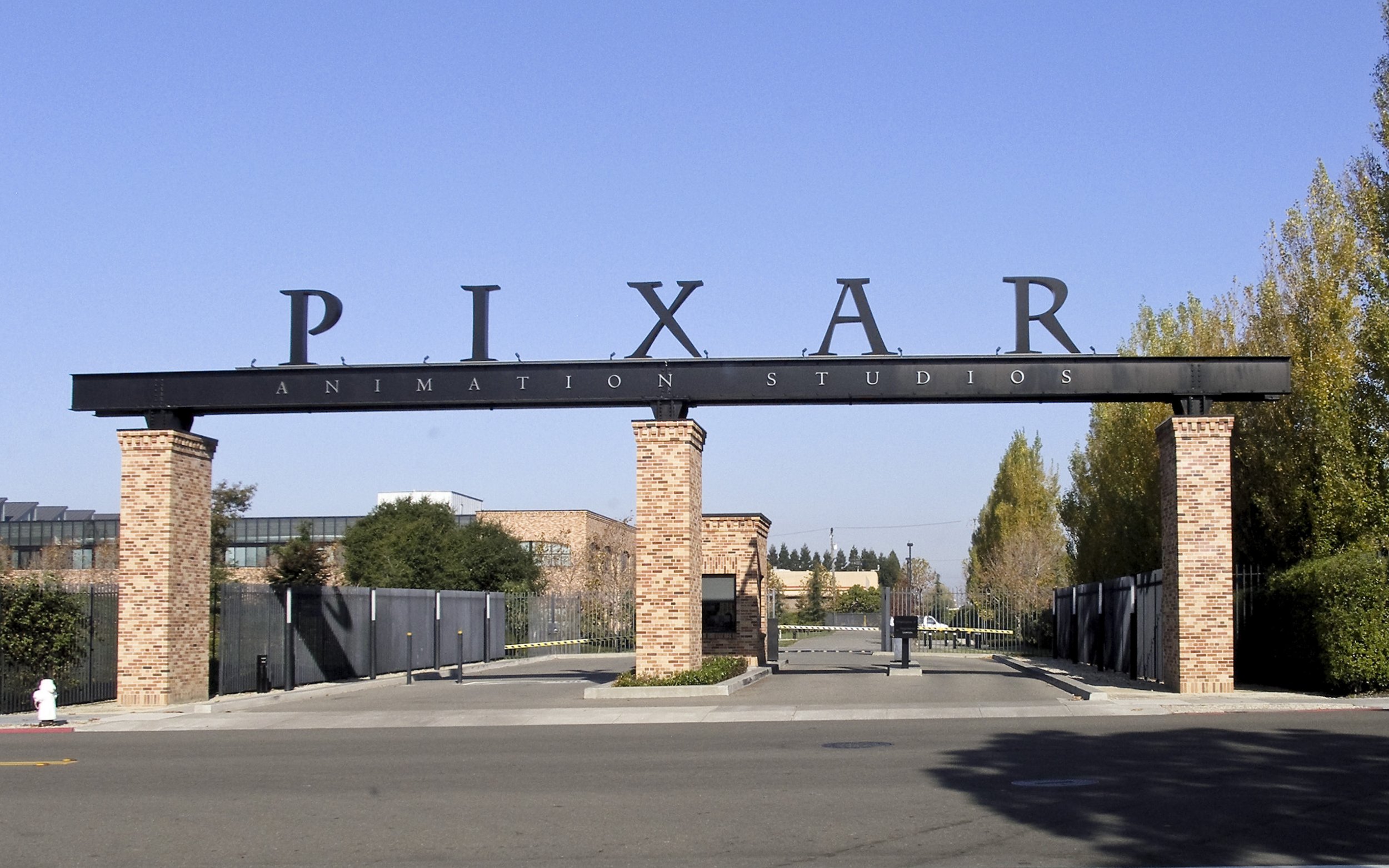CULTURE & COMMUNITY
CULTURE & COMMUNITY
Here are some of our current thoughts on “Culture & COMMUNITY” through the Harrington Brands Process. We hope you enjoy, learn and apply!
Over the past year, we’ve explored the shift from workplace culture to community, delving into themes like belonging, trust, adaptability, and leadership as service. Through concepts like the Upside-Down Community Leader, Greenthumb Leadership, and the Deep Ocean Model, we’ve examined how leaders can foster growth, navigate change, and address underlying beliefs. This journey has highlighted that leadership is intentional and requires continuous learning, with the hope of inspiring growth and meaningful connections in others.
Good food is all about timing, intention, and a willingness to experiment. Leadership is no different. So, this holiday, let’s take a detour from boring leadership jargon and straight into the heart of the kitchen—a place where raw ingredients transform into something magic. Great leadership, like great food, can feed the soul. Here are the essential ingredients for the perfect leadership dish.
Remote and hybrid work models have reshaped the workplace, with high-performing leaders often excelling due to their autonomy, discipline, and results-oriented approach, while lower-performing employees may struggle without direct supervision. Research, such as the Stanford University study, highlights the benefits of hybrid work, particularly in enhancing productivity and retention, though challenges arise when remote work is poorly managed. The future of work requires organizations to balance flexibility and accountability, fostering environments that empower diverse employees and adapt to changing expectations.
This post explores the critical role of strategic planning and visioning in helping organizations navigate uncertainty and long-term challenges. It emphasizes the importance of staying at a strategic level, resisting the pull toward immediate tactical fixes, and focusing on the pillars that drive success: leadership, innovation, operations, and customer focus. With actionable steps and insights, it provides a framework for crafting meaningful, future-oriented plans that transform strategic dreams into achievable realities.
True innovation exists at the intersection of trust, vulnerability, and constructive conflict. As leaders, our role is to create the conditions for innovation to thrive. That means checking our egos, fostering trust, and modeling vulnerability. It means leaning into conflict, embracing discomfort, and having the courage to confront the most brutal facts of our current reality.
When teaching or coaching emerging leaders, one topic I push hard on is values. Values refer to the fundamental beliefs and guiding principles that define what an individual, organization, or community stands for. These principles act as a moral and operational compass, influencing behavior, decision-making, and culture. They are part of the magic three: mission, vision and values.
Belief-behavior conversations, as we discussed in our e-book: Revitalize and Retain Staff, aim to address the root causes behind actions, rather than merely correcting surface-level behavior. Pixar’s leadership used this approach to facilitate open, meaningful dialogues, helping the team uncover the underlying beliefs fueling their actions. Once these beliefs were identified, leaders guided team members toward reframing them, creating lasting behavioral change.
Discover how LinkedIn transformed employee growth and retention with the Leadership Growth Lattice, a modern alternative to traditional career ladders. By encouraging skill development, cross-functional teamwork, mentorship, volunteerism, and alignment with personal life goals, LinkedIn fostered a culture of continuous learning and flexibility. This holistic approach empowered employees, reduced turnover, and fueled innovation, positioning LinkedIn as a top employer in the competitive tech industry.
As Google grew, it faced the challenge of keeping its talented workforce consistently motivated. Financial incentives alone weren’t enough to maintain the high levels of innovation and employee satisfaction required to stay ahead in the competitive tech industry. Google’s leadership recognized the need to focus on intrinsic motivators—those elements that drive long-term engagement and fulfillment beyond salary and perks.
In the mid-2010s, Microsoft reached a pivotal moment. While the company was a global tech leader, its internal culture was becoming a hindrance. Employee engagement was low, innovation had stagnated, and internal competition was stifling collaboration. Recognizing the need for cultural transformation, CEO Satya Nadella placed employee engagement and resilience at the heart of the company’s strategy, sparking a leadership overhaul that would play a key role in Microsoft's resurgence.
We are thrilled to announce the release of our new e-book, "Revitalize and Retain Staff", now available for free download on our website! This comprehensive guide is packed with actionable strategies designed to boost employee engagement, retention, and resilience. Whether you're leading a small team or managing a large organization, this resource is your roadmap to creating a thriving workplace where people want to stay, grow, and succeed.
Dealing with loss and grief can be tough for leaders. We are often built, designed, and hardwired to look at the optimistic horizon. Grief and loss are a suspension of that optimism. That is a hard place to be in, but worthy of exploration nonetheless.
In an era of escalating conflicts, understanding how to manage disagreements is crucial for personal and community well-being. This blog post explores the essential steps of regulating emotions, relating to others, and reasoning effectively to foster safe, connected, and productive environments. Learn practical strategies to transform conflict into constructive communication and collaboration.
During the Visioning process, it’s also good to ask the following questions about the current reality as well as the desired future reality. Look for gaps in thinking and identify the action steps that will need to be taken to close the gap.
We explore the dynamics of change within communities, framing stakeholders into three distinct roles: Change Champions, the Toxic Few (Resistors), and Bystanders. We use the Change Bell Curve to emphasize the importance of focusing energy on engaging Change Champions and winning over Bystanders, while not wasting efforts on the entrenched resistance of the Toxic Few. By understanding these dynamics and leveraging effective communication strategies, communities and organizations can navigate change more successfully and foster a culture of growth and adaptation.
As we continue to journey through the Change Formula, we need to be able to craft a compelling Case for Change within the Change Formula, focusing on dissatisfaction (D). Through communication, leadership support, and a culture of improvement, we address why change is necessary and its implications. Articulating the Case effectively across platforms to build support and counter resistance is crucial.
The Change Formula, a tool introduced recently, emphasizes the necessity of Dissatisfaction (D) with the status quo for meaningful change to occur. Dissatisfaction stems from various sources within communities or organizations, such as performance gaps, external pressures, cultural misalignment, and leadership issues. Addressing dissatisfaction is crucial as it can lead to resistance, decreased morale, missed opportunities, and hindrance to organizational growth. Real-life examples illustrate the importance of recognizing dissatisfaction and driving change, whether it's transitioning to a team-based organization, expanding regionally for impact, or adapting to evolving EMS models.
Have you ever found yourself wanting to implement some kind of change either in your community or at your place of business and realized you didn’t have the support to make it happen? Over the course of the next 3-4 weeks, we will explore each element of the Change Formula creating a pragmatic, directly applicable model you and your team can now start to follow when implementing change.
Uncover the importance of embracing your own 'Friday You.' Delve into the significance of carving out moments of relaxation and spontaneity amidst the hustle of daily life. Join us on a journey of introspection and celebration, as we unravel the magic of Fridays and the timeless lessons they impart.
We must be change agents. If change will already happen constantly, we must work as community leaders to guide that change for the better. We will spend some time over the next few weeks diving deep into change so that we can better understand, with fanatic discipline and empirical creativity, how we can master change.
When we are called to provide hope, humanity, humility and helpfulness through LEADing. We must first Look around and pay attention finding moments and opportunities to empathize. Empathize by perspective taking, being non judgemental, recognizing emotion, communicating and practicing mindfulness. Acknowledge the truth of the current situation. Decide what actions need to be taken (if any).
The Upside-Down Community Leadership concept envisions leaders at the bottom, serving and uplifting the community members. This inversion reflects a shift from self-centered leadership to a more altruistic and community-centric approach. The core principles of the Upside-Down Community concept align with virtues such as humility, compassion, and service to others. By adopting a servant-leadership mindset, community leaders prioritize the well-being of the community over personal gain. This model encourages leaders to lead by example, demonstrating that true greatness arises from selfless service and a commitment to the collective good.
As communities (both at work and in life) grapple with shifting values and ethics, steering away from a shared sense of humanity, the perilous path of individualism and vested interests looms. This phenomenon of individualism finds its roots in a focus on personal feelings and self-actualization, championed by great minds like Emerson and Thoreau. However, I would argue that in order to find ourselves, we have lost each other. The antidote to strict individualism lies in the love of humanity, a force that transcends self-interest and places communal well-being at its core.
Hope can be a faint glimmer on the distant horizon. It can keep us moving on the journey of community, belonging and love. Hope is a way of thinking - a cognitive process - or as C. R. Snyder called it a trilogy of: goals, pathways and agency.
Yes, hope is also based in emotions and can greatly inspire us to reach the highest heights, however its core is in ‘function.’ We experience hope when we can set realistic goals, when we can stay flexible and develop alternative pathways, and when we believe in ourselves or “agency.”
Community, a term encompassing our town halls, spiritual centers, workplaces, and backyards, holds diverse meanings for different people. It can signify gathering, progress, workplace teams, civic justice, or merely the coming together of a people. Amid these various perspectives, one often overlooked concept stands out as a powerful force capable of transforming communities from the inside out: hospitality.
In the intricate tapestry of human existence, one common thread binds us all – the innate need for belonging. Recent research underscores the significance of finding a sense of belonging within close social relationships and communities for overall well-being. At our core, we are social beings, interdependent on one another for survival, and the ability to belong is a powerful force shaping our lives.
Culture and community are two intertwined concepts that shape the fabric of societies, defining the uniqueness of each group. While culture helps us differentiate societies, community goes beyond mere description, fostering a sense of fellowship among individuals who share common attitudes, interests, and goals within a specific area
When it comes to remote work or some variation of it (hybrid work), the only negotiable is the speed at which we are willing to change our workplaces, not the change itself. Hopefully these 4 elements will give you a head start in adapting your workplace. Don’t wait to go completely remote, these tools work well with traditional workplaces too!
The list provided is about attaining objective, quantifiable data. It is not about the single opinion of the executive leader, the marketing campaign or the board president. Facts over opinions. True success over the need for money or your vote. Or as Deming is famous for saying, ”In God we trust. All others must bring data.”






























A soufflé perfectly captures the essence of a leader’s vision—it starts with a strong foundation, requires delicate preparation, and rises with care and precision to create something breathtaking. Like a great vision, it inspires, stretches boundaries, and demonstrates that with the right balance of ingredients, a remarkable outcome is achievable.